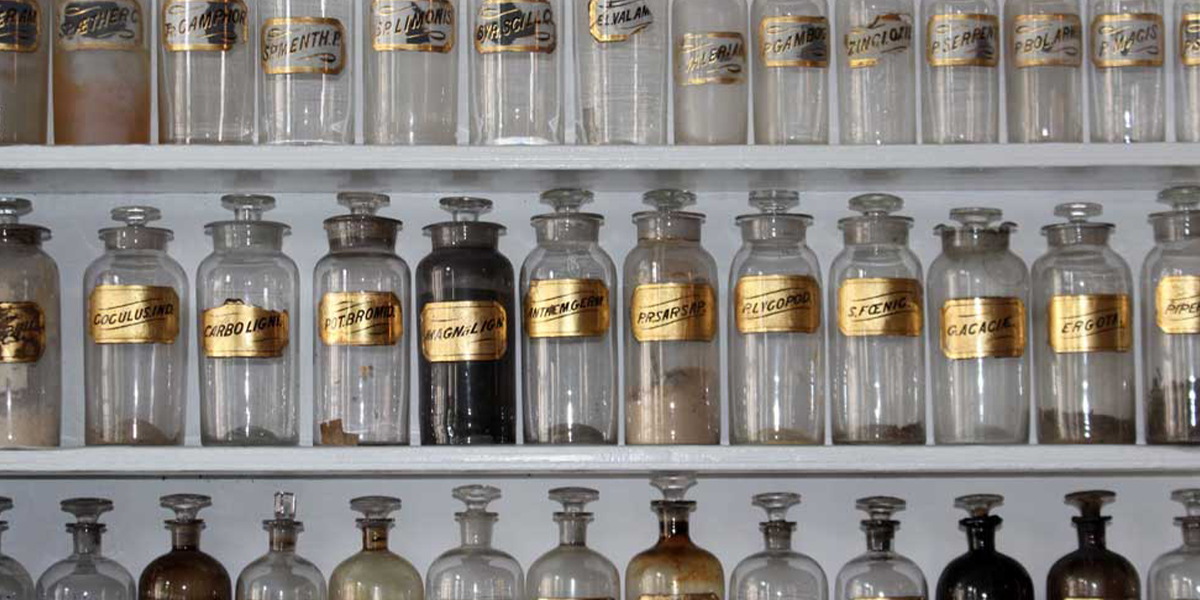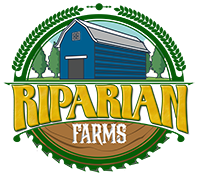Guide to Reading Your CBD Product Label

As you approach your CBD usage journey, it may seem that getting clear cut answers to our questions can be hard. Unlike a lot of other products, substances or compounds that have had years (decades and even centuries) of research and corporeal usage, CBD is relatively young and unfamiliar compounds of the Cannabis genus. Because, it is still classified under the FDA designation of a supplement, one needs to make sure that you are getting clear answers for the results you are looking for.
Cannabidiol (CBD) and cannabinoid product labels give you all kinds of information that can help you select the right product for your health needs. However, as you investigate the available cannabinoid products on the market, deciphering all the information on the labels can sometimes be perplexing.
Here we take a look at what you’ll often find on a CBD product label so you can better understand what you’re getting. We often reference the sample product label below.
Manufacturer/Distributor
CBD labels will always feature the manufacturer and/or distributor of the CBD product. This gives you the opportunity to research on your own whether the company has been historically reliable and trustworthy. It’s a good idea to look into the company’s testing standards so you can better ensure that you or your family member will be taking a product that’s pure and free of contaminants.
Serving Size Information
Most, but not all, CBD products will provide information on suggested Serving Size, Servings Per Unit, and Servings Per Package. This will give you an idea of the product’s volume so that you can determine how long it will last. On the example product label below, a 0.5-gram serving is suggested, and the product contains 20 total servings. That means if it’ll last you 20 days if you consume the 0.5-gram serving everyday. The Serving Size found on CBD packaging is a suggestion only. It’s best to follow your doctor’s guidance.
Carrier Oils
Some CBD manufacturers utilize common oil carriers to infuse the CBD isolate or Full Spectrum compounds. You need to be aware of which one is being used, so that if you have any allergies or experience side effects from what is being used. The most common ones utilized is Coconut oil and MCT Oil. Of which is made from a type of fat called medium-chain triglycerides. MCT molecules are smaller than those in most of the fats you eat (long-chain triglycerides [LCT]). This makes them easier to digest. You can absorb MCT in your bloodstream quickly. This turns it into energy you can use. Pay attention to what they use to get the CBD into your system.
Hemp Oil Content
CBD products derived from hemp will commonly include how much hemp oil is found in each serving. On the example product label, every 0.5-gram serving contains 0.5-grams of hemp oil. This means that the product contains pure hemp oil that is not blended with any other ingredients. Some labels will also share where from the hemp plant the oil was extracted. In the label example, the oil was extracted from the mature stalk of hemp.
Cannabidiol (CBD) Content
Every cannabinoid product label will include information on how much CBD found in each product serving. If the product contains tetrahydrocannabinol (THC), it may include that potency information as well. Most commonly, this measurement is given in milligrams (mg). In the label example, each 0.5-gram serving of the CBD product contains 85mg of CBD. This is beneficial for those using CBD for its healing and therapeutic effects. You and your doctor may determine an optimal daily intake of CBD for your particular condition, and knowing how the potency in each serving will allow you to figure out how much of the product you should take.
Sweeteners
Some CBD products are infused with natural sweeteners or sugar to improve their flavor. In the example label above, you can see that the product contains 0 grams of sugar. Whether you’re seeking a pure CBD oil product or want to opt for one that’s better tasting, this information will guide you in picking the right one.
Other Constituents
Unless the product has gone through an additional process to isolate the CBD or other cannabinoids, hemp oils will also contain the plant’s other natural constituents. CBD is just one of at least 100 cannabinoids found in hemp. In the example above, the label is letting you know that the product contains other cannabinoids besides CBD, as well as terpenes. Researchers have found that the cannabinoids, terpenes and other constituents naturally found in CBD oil work together to elicit healing effects in what’s known as the entourage effect.
This is not limited only to terpenes, other herbs like ashwaganda, or mullien are added for that entourage effect. Giving you additional boosts and benefits to the results of balance and replenishment you seek.
Cautions and Storage Instructions
CBD labels may provide caution messaging or instructions on how to best preserve your product. For example, manufacturers often recommend that CBD oil be stored in the refrigerator after opening. Other CBD products may recommend they be kept away from heat, light and humidity to preserve freshness. Often times, a product label will contain an expiration date, as CBD oil will go rancid over time.
Again, it’s important to remember that because the Food and Drug Administration (FDA) has not approved CBD, there are no nationwide standardization or requirements when it comes to product labels. In these cases, it’s important to find a trustworthy manufacturer, as companies pledge to provide accurate information to customers, but no regulations are enforced. States with medical or adult use cannabinoid laws typically impose enforceable regulations on labels, and these labeling laws are unique to each state.

